Aging Population
The aging population is a pivotal driver in the Home Care Product Market. As the demographic landscape shifts, a growing number of individuals require assistance with daily activities. This trend is particularly pronounced in regions with increasing life expectancy, where the elderly population is projected to reach 1.5 billion by 2050. Consequently, there is a heightened demand for home care products that cater to the needs of seniors, such as mobility aids, personal care items, and safety equipment. The Home Care Product Market is likely to experience substantial growth as families seek solutions that enable their elderly relatives to maintain independence while ensuring safety and comfort. This demographic shift not only influences product development but also shapes marketing strategies aimed at caregivers and healthcare professionals.
Rising Health Awareness
Rising health awareness among consumers is a crucial driver in the Home Care Product Market. As individuals become more conscious of their health and well-being, there is an increasing demand for products that promote hygiene, safety, and overall wellness. This trend is reflected in the growing sales of personal care items, sanitization products, and health monitoring devices. Market data suggests that the personal care segment alone is expected to witness a growth rate of approximately 8% annually. Consumers are actively seeking products that not only meet their immediate needs but also contribute to long-term health benefits. Consequently, the Home Care Product Market is adapting to these preferences by offering a wider range of health-oriented products that cater to the evolving demands of health-conscious consumers.
Changing Family Structures
Changing family structures are reshaping the dynamics of the Home Care Product Market. With an increasing number of households comprising single individuals or smaller family units, the demand for home care products is evolving. These smaller households often require more personalized and efficient solutions for daily living. Additionally, as more families juggle work and caregiving responsibilities, there is a growing need for products that facilitate ease of use and convenience. Market trends indicate that products designed for quick and efficient care are gaining traction, as they cater to the busy lifestyles of modern consumers. This shift in family dynamics is prompting manufacturers to focus on developing innovative home care solutions that address the unique needs of diverse household structures, thereby driving growth in the Home Care Product Market.
Technological Advancements
Technological advancements are reshaping the Home Care Product Market, introducing innovative solutions that enhance user experience and efficiency. The integration of smart technology into home care products, such as health monitoring devices and automated assistance systems, is becoming increasingly prevalent. For instance, the market for smart home devices is expected to grow significantly, with projections indicating a compound annual growth rate of over 25% in the coming years. These advancements not only improve the functionality of home care products but also appeal to tech-savvy consumers who prioritize convenience and connectivity. As a result, the Home Care Product Market is witnessing a shift towards products that incorporate artificial intelligence and Internet of Things capabilities, thereby enhancing the overall quality of care provided at home.
Increased Disposable Income
Increased disposable income is a significant driver influencing the Home Care Product Market. As economic conditions improve in various regions, consumers are more willing to invest in high-quality home care products that enhance their quality of life. This trend is particularly evident in emerging markets, where rising incomes are leading to greater spending on health and wellness products. Market analysis indicates that households with higher disposable income are likely to prioritize the purchase of premium home care items, such as advanced mobility aids and specialized personal care products. This shift in consumer behavior is prompting manufacturers to innovate and diversify their product offerings to cater to a more affluent customer base. As a result, the Home Care Product Market is poised for growth as it aligns with the purchasing power of consumers.


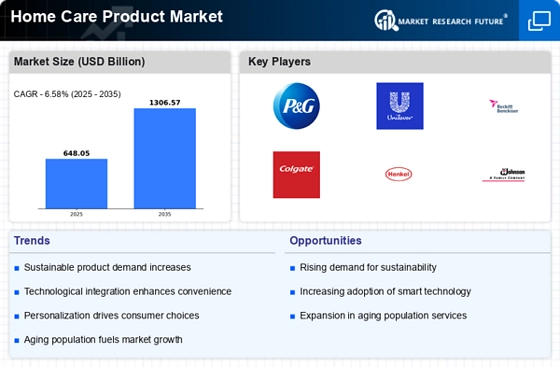
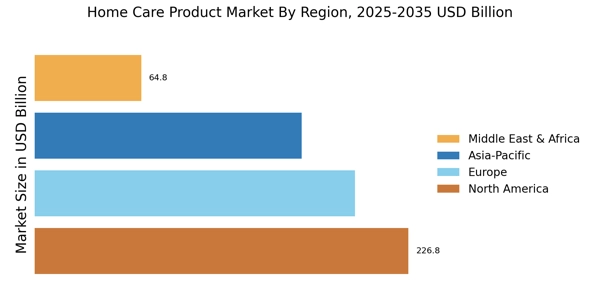
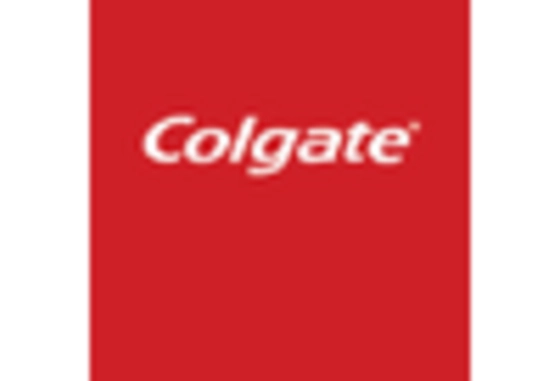
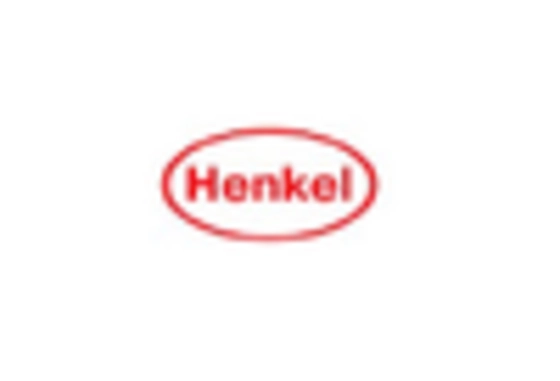
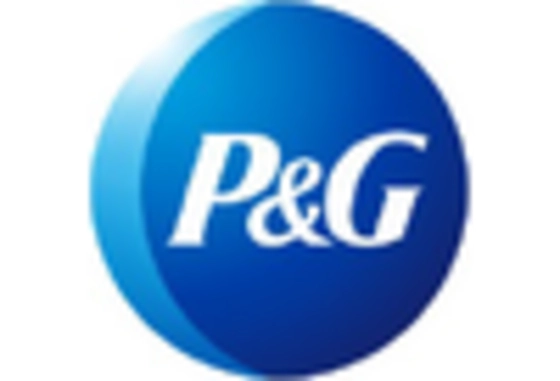
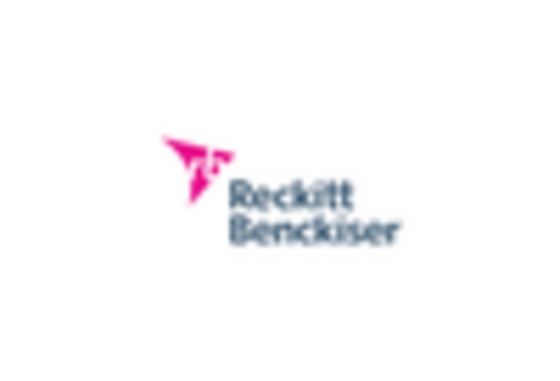
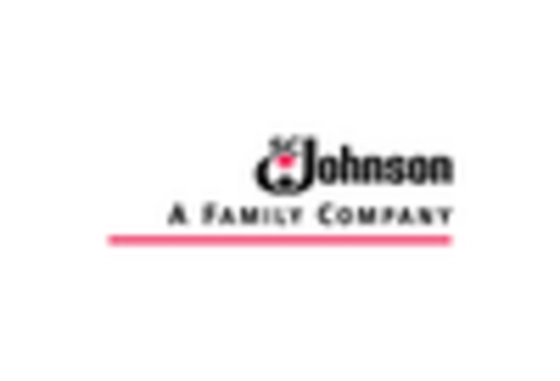









Leave a Comment